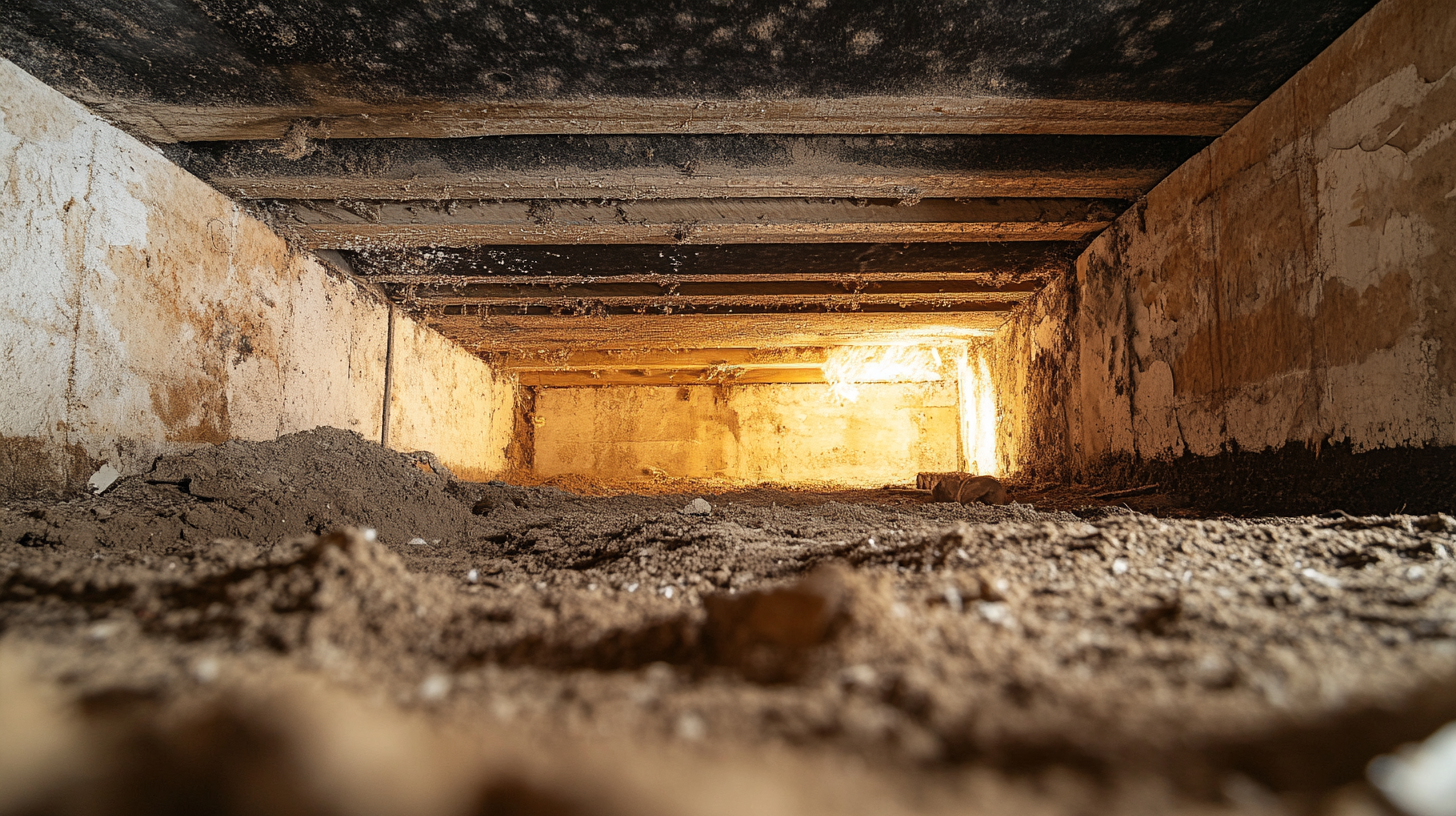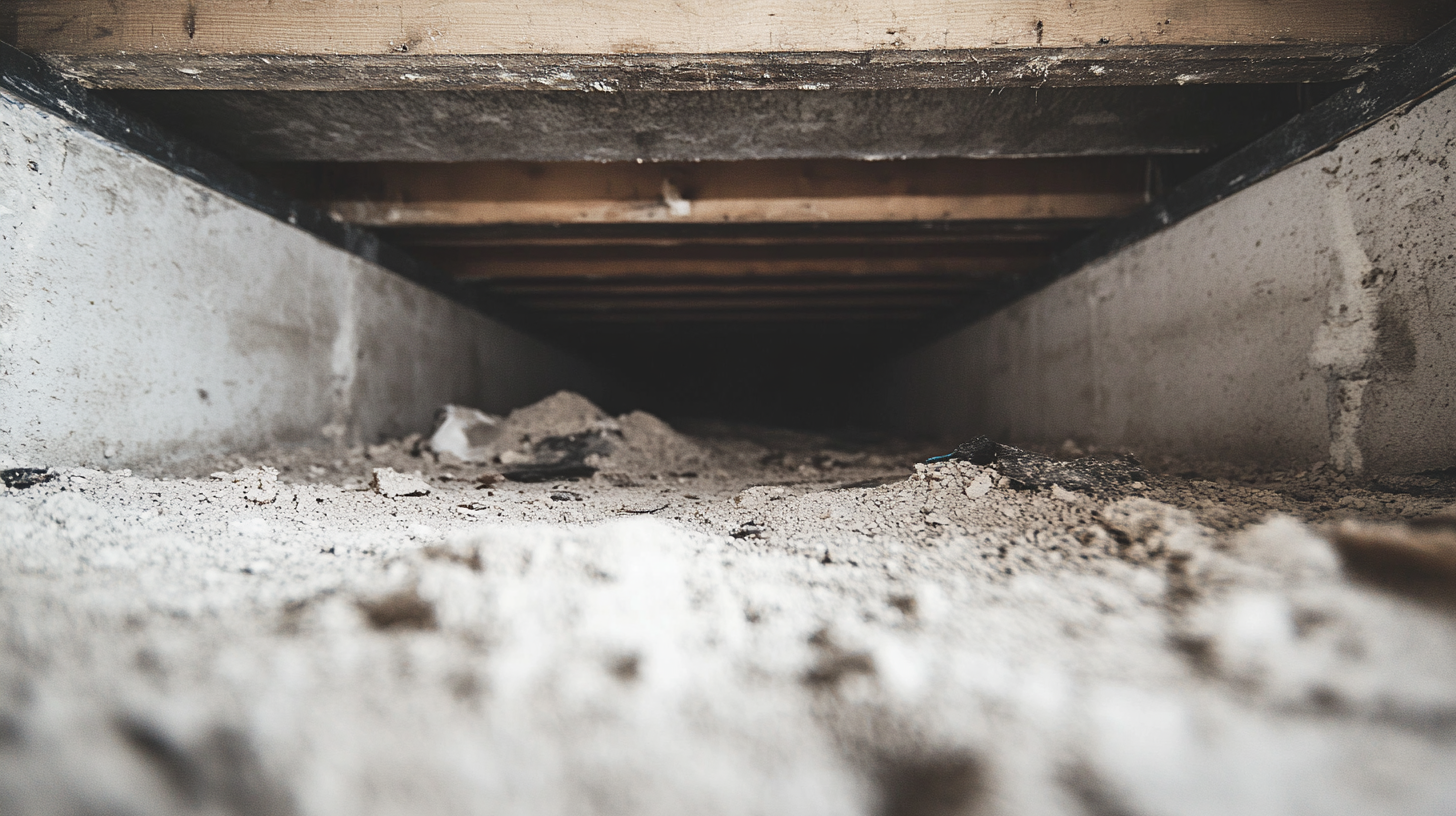Soot Particle Analysis: What Your Soot is Telling You

Soot, often dismissed merely as a nuisance or residue from combustion, holds critical insights into environmental health, fire forensics, and air quality management. The analysis of soot particles extends far beyond simple cleanliness concerns, serving as a vital tool in both scientific research and public safety. By examining the size, composition, and concentration of soot particles, experts can unravel complex chemical histories, evaluate the efficiency of combustion processes, and assess exposure risks to human health. This blog delves into the multifaceted role of soot particle analysis, highlighting its importance in enhancing our understanding of air pollution sources, its forensic applications in investigating fire incidents, and its implications for health and environmental policy. Join us as we explore how this seemingly inconspicuous substance can provide profound insights into the interplay between human activity and environmental health.
The Science Behind Soot Particle Analysis
Soot particle analysis is a critical scientific process that helps us understand the environmental and health impacts of combustion products. This section explores the fundamental aspects of soot composition and the sophisticated techniques used to analyze these particles, providing insights into their complex nature and behavior.
Understanding Soot Composition
Soot is not a uniform substance; it varies widely in chemical and physical properties depending on its source and conditions of formation. Comprised primarily of carbon, soot particles also contain various organic compounds and trace metals that can influence their toxicity and reactivity.
- Chemical Properties: Soot typically contains both aromatic (ring-like structures) and aliphatic (chain-like structures) carbon compounds. The specific arrangement and hydrogen content of these structures can affect how soot interacts with the environment, including its role in atmospheric reactions and potential health impacts.
- Physical Properties: The size, shape, and aggregation of soot particles play significant roles in their airborne behavior and deposition patterns. Particle sizes often range from a few nanometers to several micrometers. Smaller particles tend to remain airborne longer and can penetrate deeper into the lungs, while larger aggregates might settle faster but can still contribute to environmental degradation.
- Morphology: Electron microscopy often reveals that soot particles have a complex, chain-like structure, which impacts their optical properties and ability to absorb and scatter light. This morphology is crucial for understanding soot's impact on climate through light absorption and atmospheric heating.
Techniques Used in Soot Analysis
The analysis of soot requires sophisticated techniques that can reveal detailed information about its composition and characteristics. Some of the most common methods include:
- Microscopy: Techniques such as electron microscopy (both scanning and transmission) are used to analyze the morphology and size distribution of soot particles. These methods provide high-resolution images that help scientists understand the fine structure of soot aggregates.
- Spectroscopy: Spectroscopic methods, including Raman spectroscopy and Fourier-transform infrared spectroscopy (FTIR), are employed to identify the chemical bonds and functional groups present in soot particles. These techniques help in determining the types of carbon structures that dominate the sample.
- Chemical Analysis: Techniques such as thermogravimetric analysis (TGA) and gas chromatography-mass spectrometry (GC-MS) allow for the analysis of the organic compounds within soot. These methods can quantify the volatile components and provide insights into the combustion process that generated the soot.
- Absorption and Scattering Techniques: Light absorption and scattering measurements are critical for understanding how soot influences climate change. These techniques assess soot's ability to absorb sunlight and contribute to atmospheric warming.
Interpreting Soot Analysis Results
Understanding the results of soot analysis can provide invaluable insights into the source and nature of combustion processes. This section delves into how soot analysis can help identify the materials burned and assess the conditions under which combustion occurred, offering crucial data for environmental monitoring, industrial regulation, and forensic investigations.
Identifying Soot Sources
Soot particle analysis plays a crucial role in pinpointing the types of materials that have been burned. By examining the chemical makeup and structure of soot particles, scientists can determine whether the source was wood, plastics, fossil fuels, or other substances:
- Chemical Signatures: Different materials leave distinct chemical signatures when burned. For example, soot from burning wood typically contains higher levels of potassium and sodium, while soot from plastics might show elevated levels of sulfur and various heavy metals depending on the type of plastic.
- Particle Morphology: The physical shape and structure of soot particles can also hint at the source material. Wood smoke soot tends to be more fibrous and less aggregated compared to soot from fossil fuels, which often forms more compact and spherical particles.
- Spectral Analysis: Techniques such as FTIR and Raman spectroscopy can detect specific bonding patterns and functional groups in soot that correlate with different organic materials, further aiding in source identification.
Assessing Combustion Conditions
The characteristics of soot can also reveal details about the combustion conditions under which it was formed. This aspect of soot analysis helps in evaluating the efficiency and environmental impact of combustion processes:
- Combustion Efficiency: Efficient combustion generally produces less soot and with different properties compared to inefficient combustion. By analyzing the carbon content and oxidation state of soot, one can infer whether combustion was complete or if there were inefficiencies in the process.
- Combustion Temperature: The temperature at which combustion occurs influences the structure of soot particles. High-temperature combustion leads to soot with a higher degree of graphitization (more organized carbon structures), which is detectable through methods like electron microscopy and X-ray diffraction.
- Emission Implications: Understanding combustion conditions is crucial for environmental monitoring and regulation. Efficient combustion processes that minimize soot production are preferable for reducing air pollution and mitigating health risks.
Applications of Soot Particle Analysis
Soot particle analysis is a powerful tool with diverse applications across various fields. It plays a critical role in fire forensics, helps understand environmental impacts, and contributes significantly to air quality monitoring. This section explores how soot particle analysis is applied in these crucial areas, enhancing our understanding of both human-made and natural processes.
Fire Investigation and Forensics
In the realm of fire investigation, soot analysis is invaluable for determining both the cause and progression of fires. By examining the properties of soot residues, forensic experts can identify the materials burned and the temperatures reached during the fire, which provides clues about the fire's origin and behavior:
- Source Identification: Soot carries chemical fingerprints that can indicate what types of materials were burned. For instance, soot from synthetic materials differs chemically from soot produced by natural substances like wood.
- Fire Behavior Analysis: The structure of soot particles can reveal whether a fire burned at high or low temperatures, which helps in understanding whether the fire was fast and intense or slow and smoldering. This information is crucial for reconstructing the timeline and dynamics of the fire.
- Point of Origin: By mapping soot deposition patterns within a fire scene, investigators can trace the direction of fire spread and potentially identify the fire's point of origin, which is critical for both determining culpability and improving fire safety protocols.
Environmental Monitoring
Soot particle analysis also plays a key role in environmental monitoring, particularly in the study of air quality and the identification of pollution sources. Understanding the composition and concentration of soot particles in the atmosphere helps researchers and policymakers address public health concerns and develop more effective environmental regulations:
- Air Quality Assessment: By analyzing airborne soot particles, scientists can assess the air quality and determine the presence of potentially harmful particulates that may not be visible to the naked eye. This is essential for public health advisories and for regulatory bodies to enforce air quality standards.
- Source Apportionment: Soot analysis helps identify the specific sources contributing to air pollution, whether it’s from industrial activities, vehicle emissions, or residential heating systems. This data is crucial for targeting emissions reductions and for developing policies aimed at improving overall air quality.
- Climate Research: Soot particles influence the Earth's climate by absorbing sunlight and heating the atmosphere. Studying these particles helps climatologists understand and predict the impact of black carbon on global warming and climate change.
Soot Analysis and Health Implications
Soot is more than just a byproduct of combustion—it has significant health implications that can affect communities and ecosystems. Through detailed soot analysis, scientists can understand how different types of soot affect human health and use this knowledge to guide public health decisions and regulatory frameworks. This section examines the risks associated with various types of soot and underscores the importance of soot analysis in public health strategies.
Health Risks Associated with Different Soot Types
Different sources and types of soot can have varying impacts on human health, particularly concerning respiratory and cardiovascular systems. Understanding the composition of soot particles is crucial in assessing these health risks:
- Respiratory Health: Soot particles, particularly those small enough to penetrate deep into the lungs (PM2.5 and smaller), can carry carcinogens like polycyclic aromatic hydrocarbons (PAHs) and metals. These particles can cause respiratory diseases, exacerbate asthma, and lead to chronic obstructive pulmonary disease (COPD).
- Cardiovascular Health: Fine and ultrafine soot particles have been linked to cardiovascular problems, including heart attacks and arrhythmias. They contribute to the formation of plaque in blood vessels, potentially leading to arteriosclerosis and other heart diseases.
- Chemical Composition: Soot derived from the burning of plastics and synthetic materials often contains more toxic chemicals than soot from natural materials like wood. These chemicals can be more reactive and damaging to human tissues, leading to more severe health impacts.
- Long-term Exposure: Chronic exposure to soot can lead to more significant health issues, including lung cancer and heart disease. The severity of these health effects often correlates with the soot's chemical complexity and the duration of exposure.
Importance of Soot Analysis in Public Health
Soot analysis plays a vital role in public health by providing the data necessary to develop health advisories and inform environmental regulations:
- Guiding Health Advisories: Detailed information from soot analysis helps health officials issue timely advisories to protect individuals, especially vulnerable populations such as children, the elderly, and those with pre-existing health conditions, from poor air quality days.
- Shaping Regulations: By identifying the most harmful components of soot and their sources, soot analysis informs targeted environmental regulations. Policies such as vehicle emission standards, industrial air quality regulations, and residential heating guidelines are often based on findings from soot particle studies.
- Preventive Measures: With data from soot analysis, public health campaigns can better educate the public on the risks of exposure to soot and advocate for behavioral and community changes that reduce soot production and exposure.
- Environmental Health Surveillance: Continuous monitoring and analysis of soot help track trends in air quality and health outcomes over time, allowing for dynamic responses to environmental health risks.
Advanced Technologies in Soot Analysis
As environmental concerns and health awareness increase, the technologies and methodologies for analyzing soot have significantly advanced. Modern techniques are now capable of providing deeper insights into the composition and impact of soot particles, paving the way for more effective environmental monitoring and regulatory measures. This section explores the cutting-edge techniques currently revolutionizing soot examination and looks ahead to future trends in this vital area of research.
Cutting-Edge Techniques in Soot Examination
The field of soot analysis has seen remarkable advancements in technology, enhancing the accuracy and depth of information that can be gleaned from soot samples:
- Laser-Induced Incandescence (LII): This technique involves heating soot particles using a high-intensity laser to measure their incandescence. It provides rapid, on-site analysis of soot's primary particle sizes and volume fractions, crucial for understanding combustion processes and their optimization.
- Single-Particle Soot Photometer (SP2): SP2 allows researchers to measure the refractory black carbon mass in individual particles and to detect the presence of non-refractory coatings on black carbon. This technique is invaluable in studying the atmospheric life and radiative impacts of soot.
- High-Resolution Transmission Electron Microscopy (HRTEM): HRTEM offers ultra-high-resolution images of soot particles, allowing scientists to observe the nanostructure and morphology of individual soot particles. This is particularly useful in materials science and nanotechnology applications.
- Digital Image Processing: This technology enhances the analysis of soot particles by improving the accuracy and efficiency of particle size and shape characterizations from images obtained through electron microscopy.
- Chemical Speciation Techniques: Advanced methods like Gas Chromatography-Mass Spectrometry (GC-MS) and Liquid Chromatography-Mass Spectrometry (LC-MS) are used to identify the organic compounds in soot. These techniques help in understanding the toxicological characteristics of soot and their environmental impact.
The Future of Soot Analysis
Looking forward, the future of soot analysis promises even greater advancements, with potential implications for public health, environmental policy, and climate science:
- Integration with Big Data Analytics: As data collection from soot analysis becomes more extensive, integrating this data with big data analytics and machine learning models could provide predictive insights into air quality and pollution control strategies.
- Real-Time Monitoring Systems: Development of portable, real-time soot analysis devices could revolutionize how environmental monitoring is conducted, allowing for immediate responses to air quality issues.
- Enhanced Molecular Characterization: Future technologies are expected to drill down even further into the molecular composition of soot, potentially identifying specific combustion by-products that could be targeted for reduction.
- Cross-Disciplinary Applications: The convergence of soot analysis with other scientific disciplines such as epidemiology and climate science could enhance our understanding of the broader impacts of soot on global health and climate change.
FAQs
Contact Fast Response Cleaning & Restoration Today!
Fast Response Cleaning & Restoration will do everything we can to ensure your experience with us is excellent.
Request A FREE Estimate
Request A FREE Estimate Form
CHECKOUT RECENT POST



Have an Emergency? We're Here to Help!
When it comes to disaster cleanup, we are a seasoned veteran in the industry and have helped hundreds of property owners just like you.
Our disaster recovery teams are available 24-7 to quickly clean up and repair disasters of all types.
